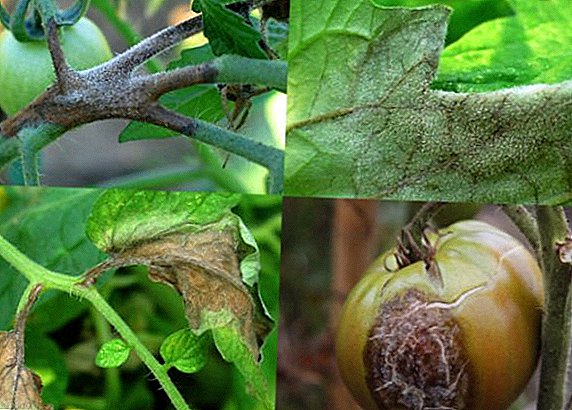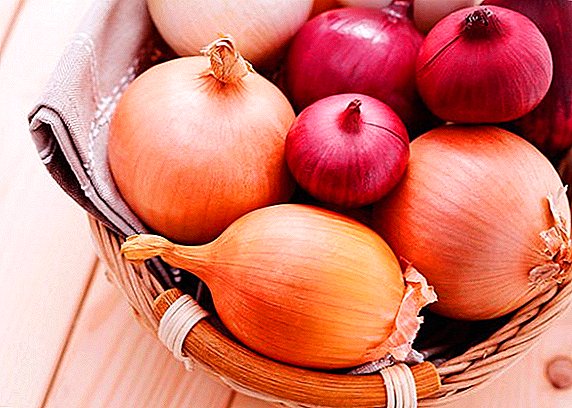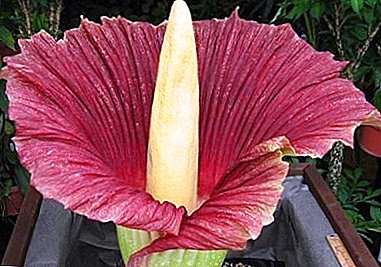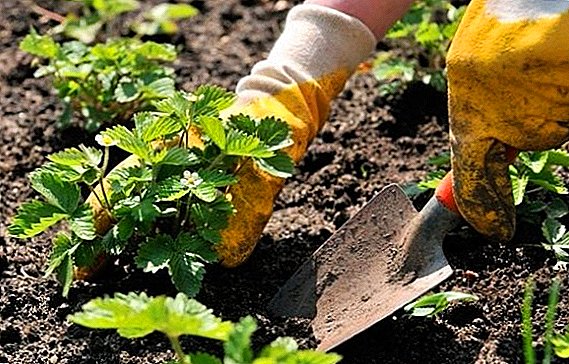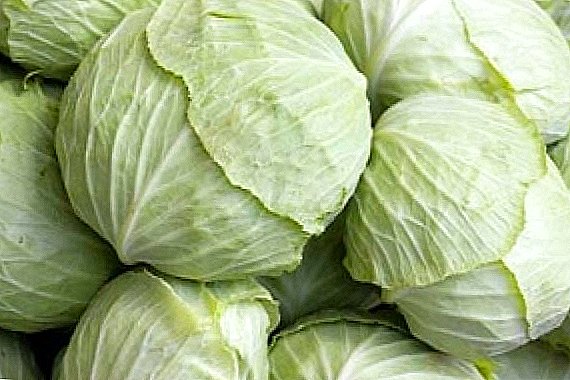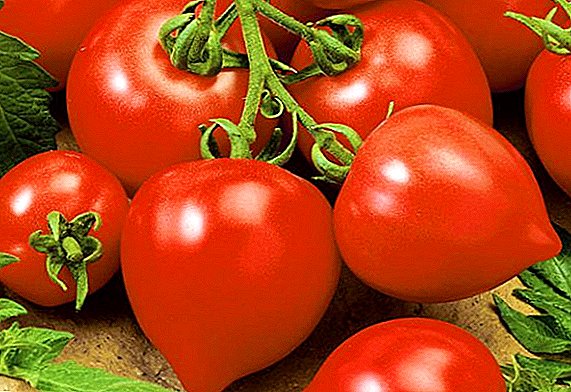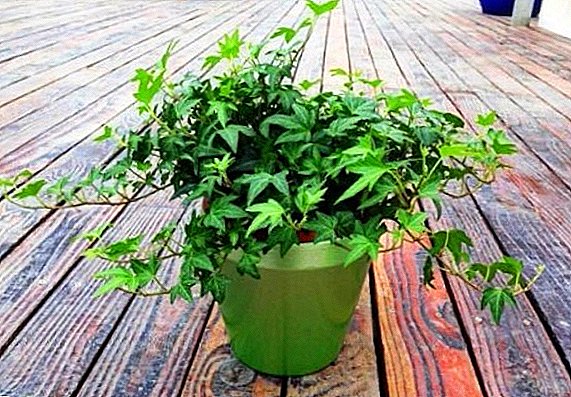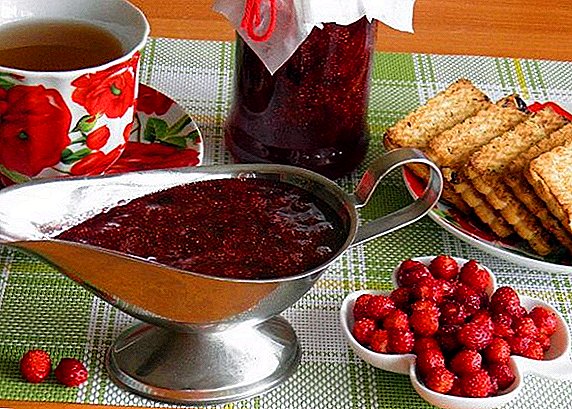 If earlier turnips were grown on an industrial scale exclusively for livestock feed, today, thanks to breeding, cultivars are also cultivated for food. The main producers of turnips are the USA, Canada, Australia and Germany.
If earlier turnips were grown on an industrial scale exclusively for livestock feed, today, thanks to breeding, cultivars are also cultivated for food. The main producers of turnips are the USA, Canada, Australia and Germany.
When and how to plant turnip seeds in seedlings
 Turnip is not difficult to grow, so it is often planted with seeds immediately in open ground. If you have a late spring or you want an early harvest, then try to grow seedlings. To discard bad or empty seeds, they are dipped in salt water. Empty seeds will float, and good seeds will settle to the bottom.
Turnip is not difficult to grow, so it is often planted with seeds immediately in open ground. If you have a late spring or you want an early harvest, then try to grow seedlings. To discard bad or empty seeds, they are dipped in salt water. Empty seeds will float, and good seeds will settle to the bottom.
Before planting, it is also recommended to disinfect the material in a weak solution of potassium permanganate. After that, the seeds need to soak, swollen, they quickly sprout. When sowing turnips to seedlings, you can adjust yourself about a month and a half before planting in open ground. More accurate dates depend on when you want to harvest.
The turnip seeds are small, so when sowing they are mixed with sand for even sowing. It is best to sow in peat cups, so as not to damage the plant when landing in open ground. After sowing, the seeds are sprinkled with sand with a centimeter layer, sprayed and covered with film, put in a warm room.
Seedling care
The optimum temperature for seedlings from 5 to 15 degrees Celsius, it is desirable that the place was shaded. After the appearance of the first shoots they are thinned out, leaving the strongest ones.
Important! Thinning out seedlings, they can not be pulled out: you can damage the roots of other shoots. Therefore, defective sprouts pinch off.
 Care for turnip seedlings is watering and carefully loosening the soil. Young seedlings can be fed complex mineral fertilizer. Two weeks before transplanting in open ground spend hardening seedlings. Seedlings for an hour are taken out on the balcony or on the street, gradually increasing the time of maintenance on the street to a day.
Care for turnip seedlings is watering and carefully loosening the soil. Young seedlings can be fed complex mineral fertilizer. Two weeks before transplanting in open ground spend hardening seedlings. Seedlings for an hour are taken out on the balcony or on the street, gradually increasing the time of maintenance on the street to a day.
Transplanting turnip seedlings to open ground
Turnips when grown on light soils with a neutral reaction brings the most delicious harvest. Sour soil need to lime, because the crop grown on this soil will be poorly stored.
When to plant seedlings on the plot
Transplantation in open ground depends on the climatic conditions of the region, as long as there is no frost. This is usually May, from the second decade to the end of the month.
Soil preparation and soil for turnips
Turnip likes nutritious soil, so before planting the seedlings in the open ground the soil is prepared in advance. In the autumn, after removing the remains of plants, they dig up the earth, putting in it rotten manure and mineral fertilizers (wood ash and nitrophoska).
Attention! It is not recommended to make fresh manure, while the taste of turnip deteriorates, the flesh darkens, and the skin of the root crop cracks.
How to plant seedlings on the site
 For planting, prepare the pits at a distance of 30 cm from each other; observe the width of the rows between rows up to 60 cm. Peat cups of seedlings put in the holes, sprinkle with soil and pour. After the moisture has settled, grind the bed with peat.
For planting, prepare the pits at a distance of 30 cm from each other; observe the width of the rows between rows up to 60 cm. Peat cups of seedlings put in the holes, sprinkle with soil and pour. After the moisture has settled, grind the bed with peat.
After which crops it is better to plant turnips
It is advisable to turn the turnip after crops, the root crop grows well after strawberries, beets and annual herbs.
Did you know? In honor of the swede, a close relative of the turnip, an annual holiday is held in the Swiss town of Richterswil. The event is called Raben-Chilbi and takes place in picturesque places on the lake.
How to care for turnips in the open field
Turnip in the rules of cultivation and care does not differ from related plants: turnips, swede. The root crop needs to be watered, weeded away from weeds, loosened, creating air access, and fed.
How to water
 With watering you need to be careful - because of the lack of water, the pulp will taste bitter, because of its excess it will become watery and tasteless. Abundant watering is needed during the period of active growth, then the water rate is reduced. Optimal watering should be no more than two times a week. When drought often, with heavy plantings look at the soil moisture.
With watering you need to be careful - because of the lack of water, the pulp will taste bitter, because of its excess it will become watery and tasteless. Abundant watering is needed during the period of active growth, then the water rate is reduced. Optimal watering should be no more than two times a week. When drought often, with heavy plantings look at the soil moisture.
What to feed
Feed turnips are twice fed with organic fertilizer - a solution of chicken manure or infusion of slurry.
In July, superphosphate is added to the organic solution so that the roots are sweeter. Not bad add fertilizing manganese, boron and copper. It is desirable to combine them with irrigation, the soil after the procedure should be loosened.
When to harvest and store turnip roots
Turnip roots are harvested at the end of June. It is advisable to clean as soon as ripening, since turnips are not stored in the ground for a long time. It is better for digging to use forks, holding turnips for tops. If you have done summer sowing, harvest will begin by the end of September.
 For storage of turnip in the winter, fruits are picked tight without damage. The tops of them are cut off under the base, leaving one and a half centimeters. Storage room should have a temperature range from 0 to 2˚С and humidity up to 90%. Alternatively, you can dig a trench and, having laid the fruit, sprinkle it with peat on top and cover with a moisture-proof material.
For storage of turnip in the winter, fruits are picked tight without damage. The tops of them are cut off under the base, leaving one and a half centimeters. Storage room should have a temperature range from 0 to 2˚С and humidity up to 90%. Alternatively, you can dig a trench and, having laid the fruit, sprinkle it with peat on top and cover with a moisture-proof material.
Interesting! In ancient Rome, turnip was eaten by all segments of the population, it was baked, stewed and boiled. A lover of turnip dishes was the emperor Tiberius.
How to deal with pests and turnip diseases
Turnip is a cabbage plant of the cruciferous family. Diseases and pests are practically the same as those of all cruciferous and cabbage plants, so turnips cannot be planted after cabbage, radish, turnips. Compliance with crop rotation is the first measure to prevent plant diseases.
Diseases amenable to treatment, retreat when treated with fungicides. With diseases such as keel and fomoz, diseased plants should be removed from the garden to avoid contamination of the rest of the planting.
As a preventive measure, it is recommended to disinfect the planting material and fertilize these unusual plants in the garden with potash and phosphorus-potassium compounds, which enhances the immunity of the roots.
 Insect parasites attacking turnips: cabbage fly, sacral flea, cabbage aphid, bugs and caterpillars. Insects eat turnip leaves, which naturally affects the further development of the plant.
Insect parasites attacking turnips: cabbage fly, sacral flea, cabbage aphid, bugs and caterpillars. Insects eat turnip leaves, which naturally affects the further development of the plant.
In the case of caterpillars, they will have to be assembled by hand, and then treated with a soap solution. You can rid turnips of other pests with the help of folk remedies. From aphids helps broth tops of tomatoes, onions and garlic. From bedbugs and fleas - a decoction of the same tops, dandelion infusion, hot peppers and wood ash.
Turnip is an unusual plant for us, but nonetheless useful and tasty. Due to the low calorie turnips - a godsend for those who suffer from excess weight.


